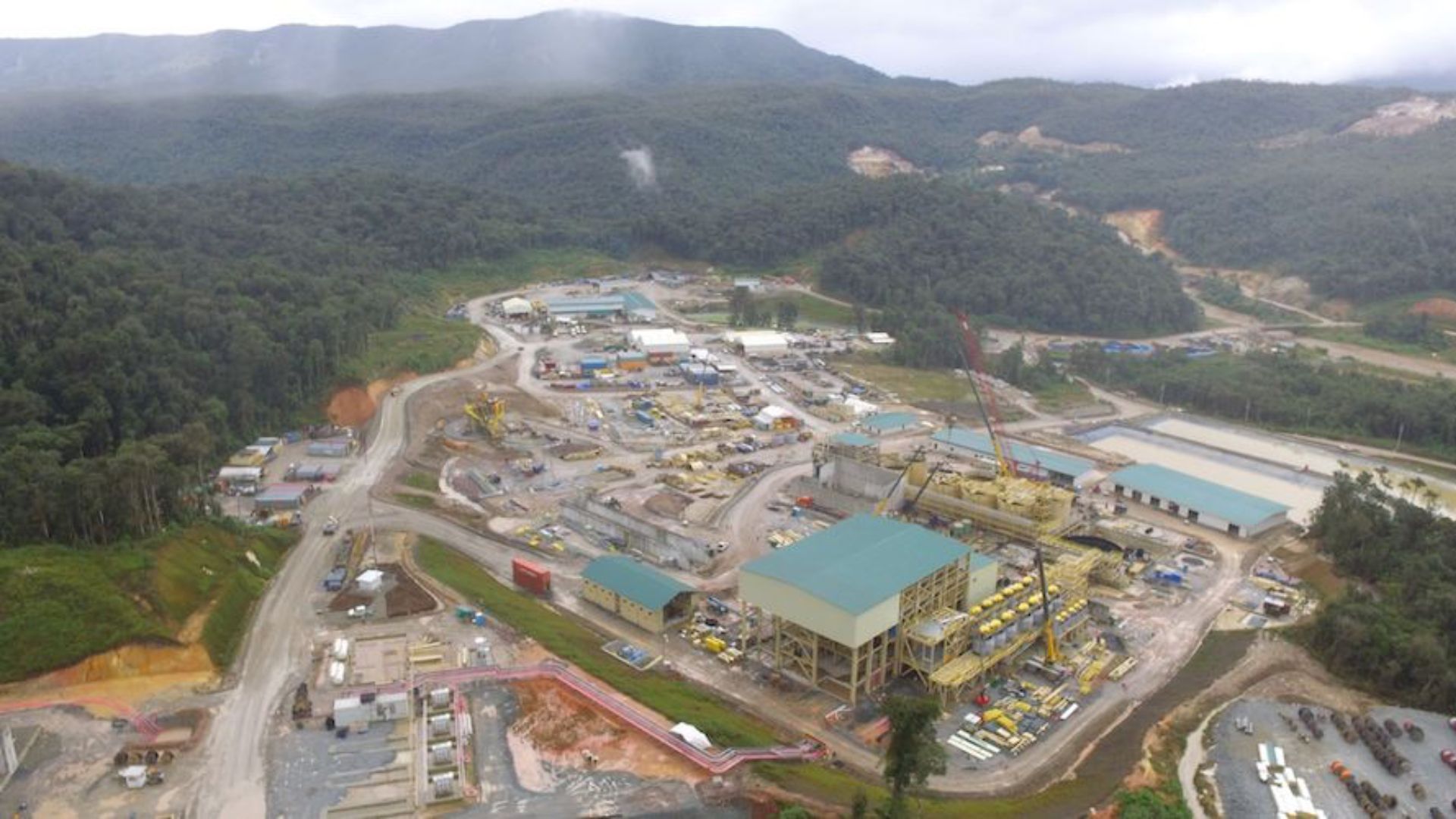Ecuador's Mining Sector: Reforms and Challenges on the Path to Diversification
- Ecuador | 27 May 2014

Ecuador, with its vast reserves of gold, silver, and copper, has long sought to establish itself as a major player in the global mining industry. However, setbacks and challenges have hindered the realization of this ambition. A collapsed deal involving Canadian mining firm Kinross in 2013 and unpopular mining reforms in 2009 have slowed progress. Nevertheless, recent amendments to the mining reform offer a glimmer of hope, potentially paving the way for the development of Ecuador’s mineral wealth and diversification of its export portfolio.
In 2009, President Correa introduced a mining reform aimed at reinventing the sector. The reform included open-ended royalty payments, increased exploration and extraction fees, elevated mining land usage fees, and strict social and environmental regulations. The intention was to revamp the industry, leading to the revocation of 80% of mining concessions and the suspension of the remaining 20%. However, these measures did not attract investors, and Ecuador failed to tap into its mineral wealth for export diversification.
The mining sector suffered another blow in June 2013 when Canadian miner Kinross decided to abandon negotiations over the $1.2 billion Fruta del Norte (FDN) project. Rather than continuing down an unprofitable path, Kinross opted to take a $720 million charge to walk away from the concession. FDN held significant reserves of gold and silver, making the decision surprising to analysts. The move also shook investor confidence, as smaller Canadian mining firm INV, which had taken over the Quimsacocha gold project, expressed consideration of pulling out as well. Speculation suggests that Chinese firms may step in to take over the FDN project, although no official announcements have been made at present. China’s involvement in Ecuador’s mining sector is not unprecedented, as a $2.04 billion contract was signed with Chinese-owned Ecuacorriente in 2012 for an open-pit copper mine.
Enami EP, a state-owned mining company, holds 12 mining projects in the exploration stage. Fabián Rueda, Enami EP Manager, expresses optimism about potential discoveries, highlighting Ecuador’s position within the Andean copper belt that stretches from Chile to Colombia. Rueda also notes interest from Chinese, South Korean, South African, and Canadian companies looking to enter Ecuador’s mining industry. Enami EP operates on a four-year plan, allocating $3 million to each project for exploration, with potential increases to $8 million and $15 million in subsequent years. The company has also formed a joint venture with Chile’s Codelco, the world’s top copper producer, to explore the Llurimagua copper reserves. The venture aims to begin mining operations in 2017 and explores other copper projects like Telimbela and El Torneado, as well as iron and titanium reserves at the Tola Norte project.
While the government aims to attract foreign investment and boost the mining sector, it must also address environmental concerns raised by activists. The 2009 mining reform received some support from environmentalists due to its strict regulations. A more liberal approach to mining could lead to overdevelopment and pollution, raising anxieties among environmentalists, particularly regarding the use of cyanide, which remains unregulated despite the ban on mercury.
With approximately 50% of Ecuador’s export basket consisting of oil, the need to diversify external offerings is pressing. Following a relatively slow year for foreign direct investment (FDI) in 2012, Ecuador aims to demonstrate its commitment to investors through its entry into the global mining stage. It is estimated that if major deposits are developed, Ecuador could attract up to $5 billion in foreign investment. However, the recent reform amendments primarily cater to medium-sized mines, indicating that Ecuador may need to navigate alongside countries like the Dominican Republic, Guatemala, and Panama before competing with mining powerhouses such as Chile and Peru.
Ecuador’s mining sector faces both challenges and opportunities as it strives to unlock its mineral wealth and diversify its export portfolio. The collapse of the Kinross deal and the 2009 mining reform setbacks have slowed progress, but recent amendments offer hope for revitalization. With Enami EP’s exploration projects and joint ventures, as well as potential Chinese involvement, Ecuador is positioning itself for success in the mining industry. However, striking a balance between economic development and environmental preservation remains a crucial challenge for the government. By effectively addressing concerns and attracting foreign investment, Ecuador has the potential to carve out a prominent place in the global mining scene, signaling its commitment to sustainable growth and diversification.








